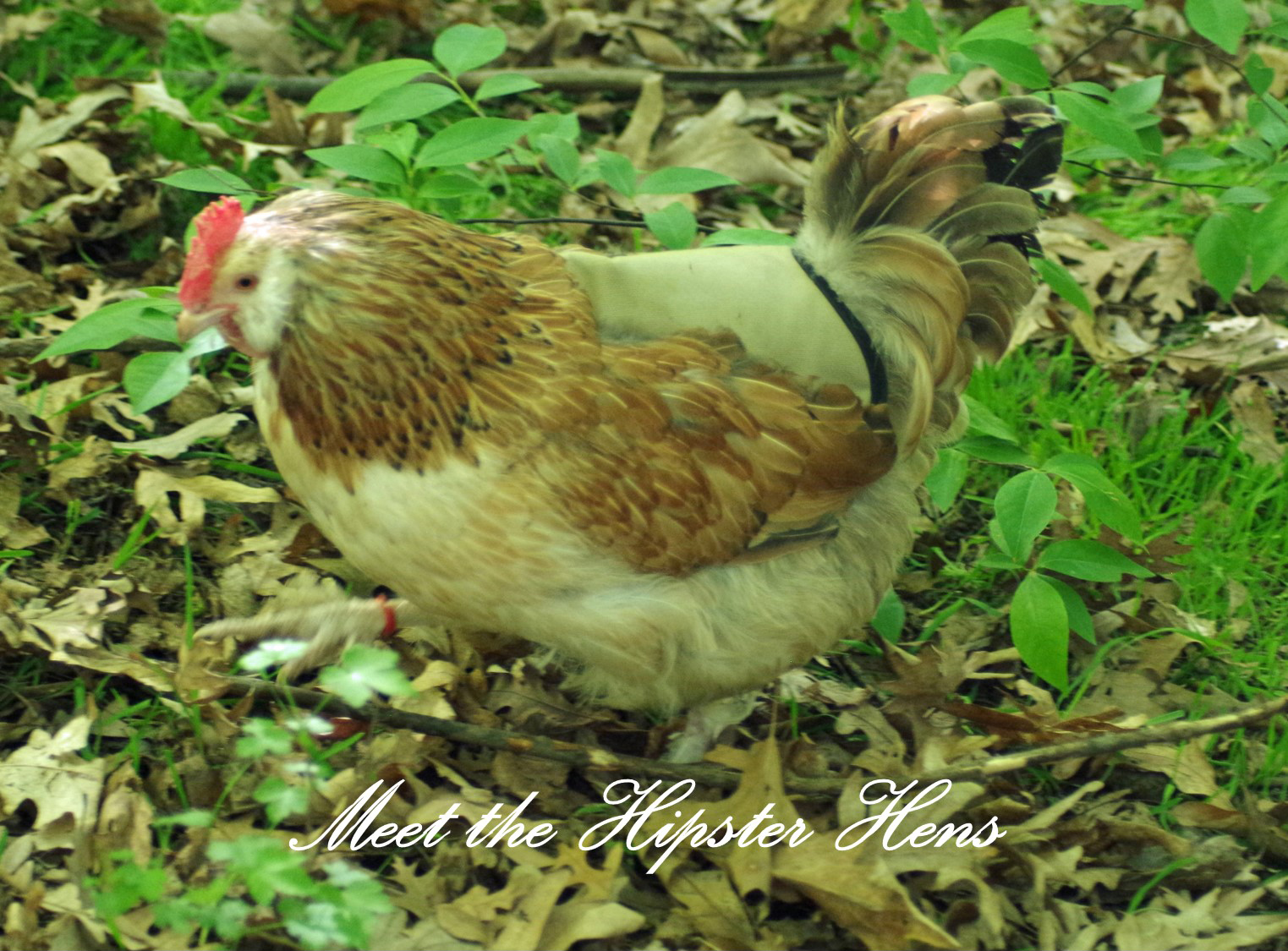In the Coop & Around the World - August 18, 2019
Last week I placed the care of the Hipster Hens into the competent hands of a good neighbor, and Kathy and I embarked on a camping trip in the unique driftless area in the southeast corner of Minnesota. The driftless area, which also includes parts of southwestern Wisconsin and northeast Iowa, is geologically unique because it escaped the last round of glaciers that pretty much bulldozed flat the rest of the upper midwest. What you find in the driftless area: Caves and underground caverns that issue springs that turn into icy, fast running, trout laden streams; limestone cliffs, and steep forested slopes surrounding these streams; and rugged topography not suitable for development that has remained natural and provides habitat for a plethora of wildlife. And because this natural abundance draws canoeists, trout fisherman, campers, birders, hikers, bicyclists, nature photographers, etc., there’s a network of superb bike and hiking trails, and a number of quaint little towns with historic inns, bed and breakfasts, and businesses catering to this type of tourist. Well folks, I’m that type of tourist, so I had a wonderful week!
There’s a thriving Amish community around the little town of Harmony, and Kathy and I spent most of one day visiting some of the Amish farms. Many of the folks in this Amish community make their livings by selling furniture, rugs, quilts, baked goods, and other high-quality hand-made items, so they eagerly welcome tourists to their homes and farms. The icing on the cake for me was the chance to see small-scale, functional, and sustainable agriculture up close and in action. Needless to say, every one of the farms I visited had lots of happy, free-ranging chickens!
Our home away from home
We camped in Forestville - Mystery Cave State Park, a park that contains Mystery Cave which you can explore via the one-hour “scenic tour” aimed at the garden-variety tourist, or several more strenuous tours including the rugged four-hour “wild caving tour.” The park also encompasses the little ghost town of Forestville, which was organized in 1855, prospered for awhile, then withered when it was bypassed by the railroad. The general store closed in 1910 and with that, the town died. A number of buildings remained however, and were incorporated into the state park when it was created and the Minnesota Historical Society now maintains the buildings and site and offers tours. It was fascinating to see this town that was frozen in time at the beginning of the previous century. And there are chickens! Lots of happy chickens free-ranging around the town site. Amish chickens AND Forestville chickens - all in one trip! Amazing! The chickens are obviously a huge hit with a lot of the Forestville visitors, judging from the number of chicken-themed items in the gift shop.
The Chickens of Forestville
Meanwhile, back in the coop, a few of the Hipster Hens have started to molt. And a couple of them are wearing saddles. Yep, saddles - chicken saddles are a real thing! And their purpose has nothing to do with wee leprechauns going for wild rides through the coop at night when nobody's around. They're actually to protect a hen's delicate skin. If a hen gets too much amorous attention from a rooster, she can actually lose patches of feathers right down to bare skin from all that rooster treading - and without protective feathers her skin can become scratched and scraped, and the resulting scabs can become targets for pecking by other members of the flock. The practical solution is to cover the bare spot with a hen saddle. Paula was not at all happy when I first put a saddle on her, but she's grown used to it and I'd like to think that maybe she's even pleased with her new look. This girl is stylin' her new apparel!
Paula stylin her saddle
I am often asked how long chickens can be expected to live. My stock answer is ten years. But a more truthful answer would be "it depends." Even chickens living a pampered life and sheltered from predators can succumb to any number of maladies. The biggest problem, in my estimation, is fact that they lay all those eggs. Laying an egg practically every day takes its toll. It is likely that eventually something will go wrong with a hen’s complex, high production egg-laying machinery—the oviduct becomes infected; an egg becomes impacted; the oviduct breaks and leaks yolk into the abdominal cavity which becomes infected - the list goes on. More important that the length of a chicken's life, I think, is the quality of life. If a chicken gets to live with a caring flock keeper who provides her with the room and means to peck, scratch, dust-bathe, roost, interact with other chickens, and generally be a chicken, what more could she possibly want?
And finally, I’m really intrigued by this really cool chicken coop design that I recently ran across while net surfing. The building was designed by Turkish artist Kutlug Ataman and is on the Palanga Art and Architecture Farm in eastern Turkey. The farm’s mission is to revitalize a neglected district in the east of Turkey, using the concept of "healthy soil, healthy animals, healthy people.” The design features include passive cross ventilation, natural lighting, nest boxes that can be accessed from the outside, modularity (you can make it bigger by hooking on more sections), and simple, low-tech building materials. You can see more pictures, design schematics, and a time lapse video of the coop construction here.










